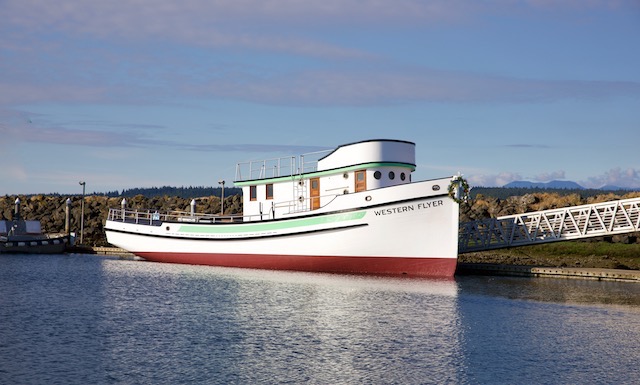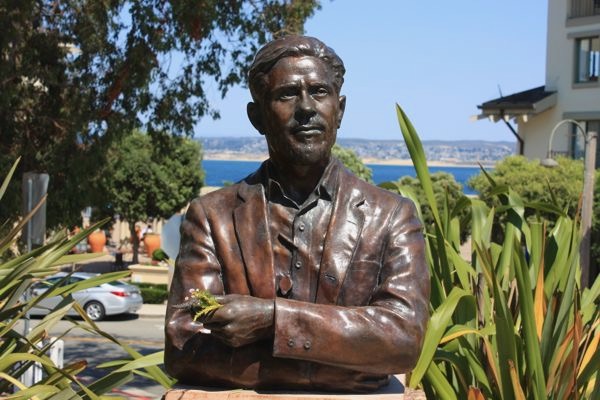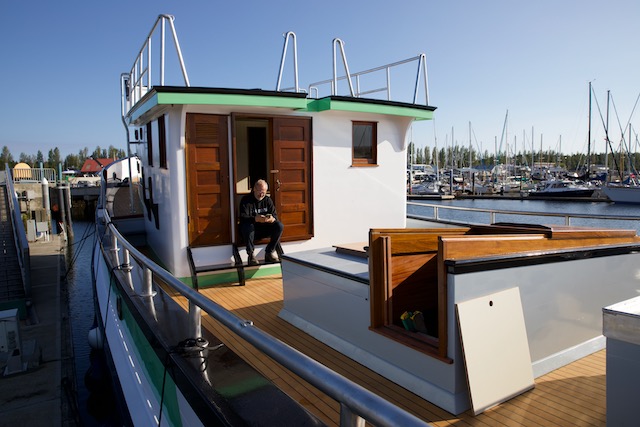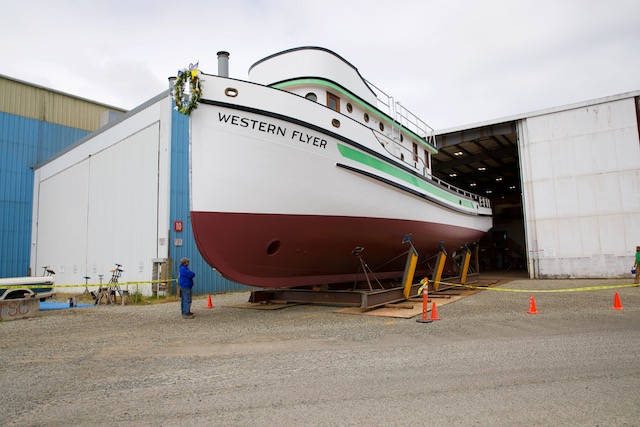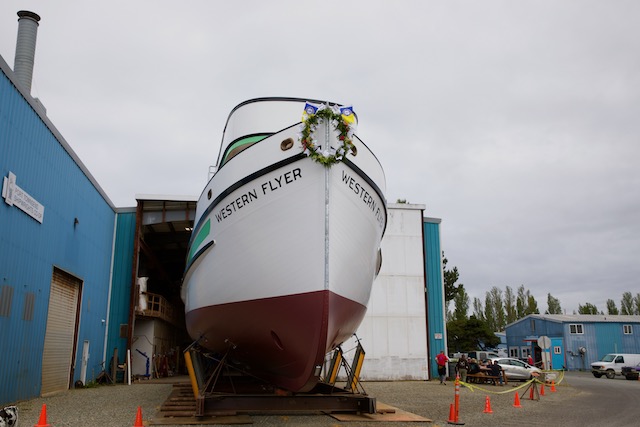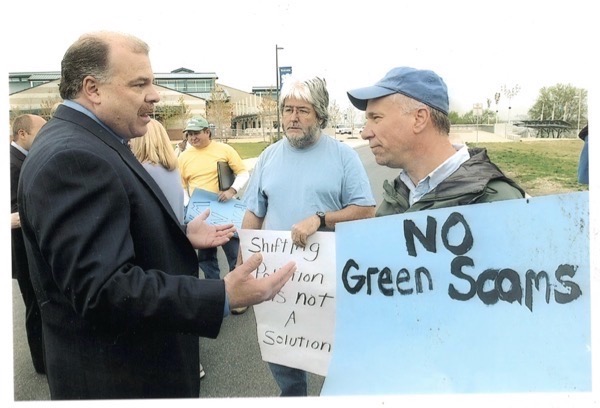NJ DEP Wildfire Program Should Undergo Similar Science & Public Review
NJ Law Eliminated Liability For Damages From Out Of Control Prescribed Burn
Prescribed Burn Science And Methods Fail To Consider Effects of Climate Change
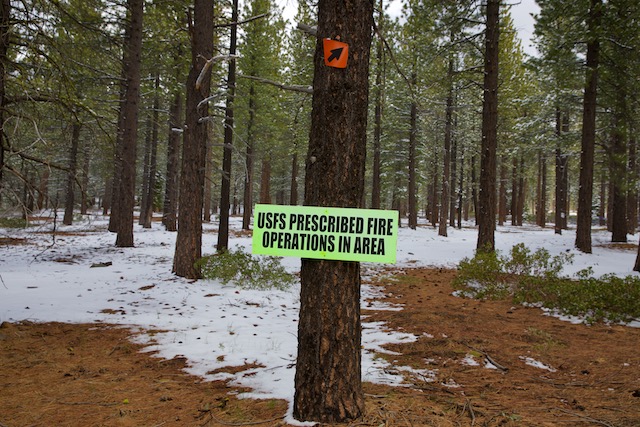
Tahoe National Forest
NJ Spotlight just broadcast another misleading story about wildfires in the Pinelands.
So, instead of propaganda to mislead NJ residents with highly selective facts showing the benefits of wildfire and DEP’s prescribed burn program – based on “expert” sources with undisclosed gross conflicts of interest – we thought we’d provide important relevant facts they left out of the story and frame a counter-narrative to balance the bias in recent NJ Spotlight news coverage.
I) Lack Of Expertise And Undisclosed Conflicts Of Interest
First of all, one of the “experts” in the story, Carleton Montgomery of the Pinelands Preservation Alliance (PPA) is not a scientist or expert, he is a former corporate lawyer. PPA has undisclosed conflicts of interest because they receive financial support from NJ DEP, they own land and conduct prescribed burns, and they benefit from recent radical changes to NJ laws that eliminated liability for damage from prescribed burns (a bill they supported). I don’t know his qualifications, but the “expert” from the NJ Conservation Foundation (NJCF) has the same undisclosed organizational conflicts of interest. Finally, NJ Spotlight has undisclosed conflicts of interest because the same Foundation (the Wm. Penn Foundation) that funds PPA and NJCF also funds NJ Spotlight.
What an ethical swamp.
II) Important Facts And Context Ignored
NJ Spotlight broadcast prior video of DEP Commissioner LaTourette’s PR campaign to promote DEP’s prescribed burn program. That kind of cheerleading is bad enough. But it gets much worse.
State officials – including DEP Commissioner LaTourette and Senate Environment Committee Chairman Bob Smith – have used western wildfires and the effects of climate change to justify flawed NJ forestry policies, including prescribed burns, “thinning”, and logging.
But they’ve refused to act on far less damaging and more effective common sense prevention strategies, like land use restrictions to limit development in high wildfire hazard areas and programs to fireproof buildings and manage residential properties.
And here are four huge relevant facts that were ignored in NJ Spotlight’s cheerleading coverage – inconvenient facts also ignored by the biased conservation “experts” :
1. While relying on western wildfires to defend their NJ DEP programs, State officials fail to mention that a US Forest Service prescribed burn project got out of control and caused the largest wildfire in New Mexico history.
There were “unforeseen risks” and “pressure” “led to taking greater risk”:
2. State officials fail to mention that the US Forest Service prescribed burn science and methods failed to consider the effects of climate change.
Those science and policy failures were illustrated in New Mexico:
3. State officials fail to mention that New Mexico wildfire not only has scientific lessons for the DEP’s prescribed burn program, but it illustrates the very poor public policy adopted in passage of a recent NJ State law that eliminates liability for damages caused by a prescribed burn that gets out of control, like the USFS fire in New Mexico.
The Prescribed Burn Act, specifically see C.13:9-44.16 Prescribed burn deemed to be in public interest; immunity from liability, also exempts wildfires caused by prescribed burns that get out of control and damage people and property.
Because hundreds of homes and properties were destroyed, the liability issue is front and center in New Mexico:
4. The Pinelands Commission is doing virtually nothing on climate – in reduction in emissions or adaptation – so of course cheerleading groups like PPA and NJCF ignore that in their analysis of wildfire, an issue driven by the climate emergency!
III) Safety At Issue – Science And Policy Review Required
Here’s a Statement from the Chief of the US Forest Service on the New Mexico wildfire:
On May 20th I temporarily ceased all Forest Service prescribed burning nationwide as an immediate safety precaution due to continued extreme conditions. We are conducting a 90-day learning review of the agency’s national prescribed fire program. Representatives from across the wildland fire and research community are evaluating the prescribed fire program, from the best available science to on-the-ground implementation. Wildfires are threatening more communities than they ever have. Prescribed fire must remain a tool in our toolbox to combat them. Unfortunately, the effects of climate change are narrowing the windows where this tool can be used safely. This Chief’s Review of the Hermit’s Peak Fire, and the results of the 90-day prescribed burn program review, will help us learn what needs to change to be able to continue to safely use this tool in today’s fire environment. […]
I hope you will read the entire report to truly understand how this fire went from a prescribed fire, in which the employees involved followed all procedures and policies, to a fire that escaped its containment lines and became the largest wildfire in New Mexico’s history.
Did you get that? Safety is a huge issue:
Unfortunately, the effects of climate change are narrowing the windows where this tool can be used safely.
Here is a link to the full USFS Report.
See the above links to national press coverage – these are stories of direct relevance to NJ, but you somehow can’t read them in NJ outlets like NJ Spotlight or from conservation cheerleaders.
When it was first revealed that a US Forest Service prescribed burn was the cause of the NM wildfire and the USFS prescribed burn science, models, and programs did not consider the effects of climate change, I wrote wrote to warn DEP Commissioner LaTourette and Senator Smith to urge that they conduct a public scientific and policy review of the NJ DEP’s prescribed burn program, similar to the review currently ongoing by USFS. (see:
It is likely that NJ DEP fire science, models, and programs share similar flaws to USFS. This could be made far worse in NJ by the elimination of liability for out of control prescribed burns.
I got no response to that request.
But, based on cheerleading by NJ Spotlight and DEP friendly conservation groups, it’s obvious that the LaTourette PR campaign is still ongoing.
[End Note: Based on feedback from Pinelands leaders, here’s a teaser for an upcoming post following up on the Governor’s assumption of control over the Pinelands Commission: It will be titled:
